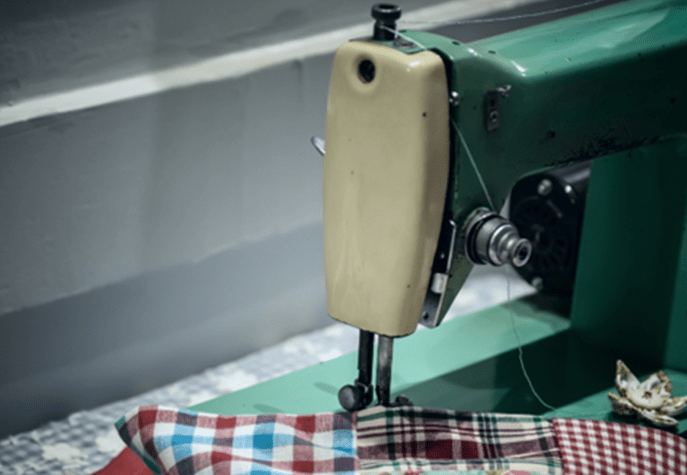19th January
2023
India is a country with over 140 crore (1.4 billion) population. The rural population of India represents 65% of the total population, around 88 crore (880 million). As of 2021, the literacy rate in rural India was around 73.5%. This includes 81% male and 65% female literacy in rural section of India. As the rural economy currently contributes to 25-30% of the country’s GDP, literacy in these parts is important for the Indian economy.
School education forms the backbone of India’s labour force. Eighty-six per cent of India’s labour force comprises those with education till Class 12 or below, according to the Centre for Monitoring Indian Economy’s September-December 2022 report. This implies that a major portion of the workforce carries out their livelihood on the basis of the skills learnt from school. (Lack of quality education in rural schools leading to skillset problems in Indian workforce, Samrat Sharma, India Today, January 19, 2023)
Consumer satisfaction with accessing education services in rural India

The biggest proponent of rural education is the government. How the structure is formed, schemes are launched and the plans are executed entirely depends on the government initiative. In this context, a survey was conducted by Transform Rural India Foundation and Sambodhi Research and Communications which looked at level of satisfaction of parents with the education services in rural India. This survey was conducted over telephone, covering 2456 mothers/fathers who had at least one child currently attending a government funded or government aided school in the primary or middle sections. This was a pan-India survey covering 20 states.
The survey first contacted 2944 such parents and found that 17% (488 respondents) were sending their children to a private school while 83% were sending them to government / government aided schools. The rest of the survey was conducted among the latter.
Does your child/children in primary school go to a government school or a private school?

Just over 70% of the parents were of the opinion that all the teachers in the schools where their children were enrolled were very regular in their attendance since the reopening of schools after lifting of Covid 19 restrictions. Another 27% felt that while some of the teachers were regular in coming to school, there were others who were irregular in their attendance. Nearly 68% of the parents were of the opinion that other children who were studying in private schools were getting a better education than their own children. It must be reiterated that this is a perception issue and not based on any factual measurement.
In your view, are students going to private schools within this block
getting a better education than your children?
[Figures in percentage]

This is reflective of the fact that while 42% felt that there was certainly some scope for improvement in the quality of education being imparted in government schools, nearly 13% were quite dissatisfied with the same. On the other hand, one in three parents were quite satisfied with the current state of affairs in their children’s school.
Since schools have reopened after the forced closure due to COVID-19, how satisfied are you with the quality of learning being received by your child in this school?


The Mid Day meal Scheme is a school meal programme designed to better the nutritional standing of school-aged children nationwide. The programme supplies free lunches on working days for children in government primary and upper primary schools, government aided Anganwadis, Madarsa, and Maqtabs.
94% of the parents contacted could confirm that their children going to government schools were regularly getting MDM while only 5% had reported that MDM was not being provided regularly. Based on their own knowledge and feedback received from their children, while 43% could confirm that the quality of food provided under MDM was quite satisfactory, some 44% were not quite satisfied and 8% were dissatisfied with the quality being provided in the schools
Is your child regularly getting mid-day meals from the schools?

Nearly 94% of the parents could confirm that their children have received textbooks from their schools in the current academic year. 57.3% have received free school uniforms, either ready made or cloth and stitching charges.
Did your child get any of the following things during this new school year? [Figures in percentage]











